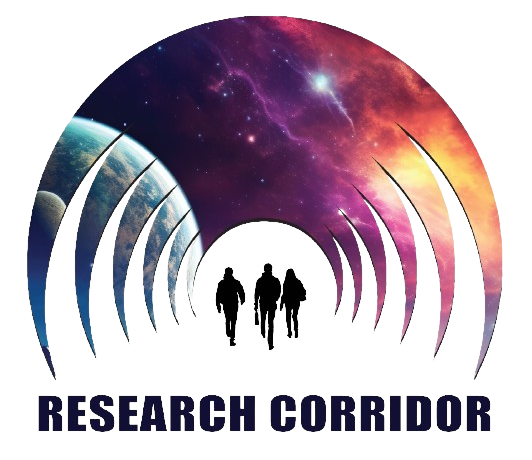Predicting Intra-Urban Migration and Slum Formation in Developing Megacities Using Machine Learning and Satellite Imagery
Parole chiave:
Urban Informatics, Machine Learning, Satellite Imagery, Slum Prediction, Intra-Urban Migration, Megacities, Computer Vision, Sustainable Development, Predictive Modeling, Remote Sensing.Abstract
The exponential growth in slums across developing megacities is one of the most pervasive and pressing issues of the 21st century. The inability of infrastructure and services to keep pace with rapid urban migration is increasingly becoming the norm. Traditional mechanisms of surveying urban population, based on expensive and time-consuming censuses, or laborious ground-sampling are not scalable or often too late for pre-emptive action. This study proposes a scalable approach to predicting urban dynamics at sub-city scales by marrying Machine Learning (ML) with multi-spectral satellite data to predict intra-urban migration patterns and likely new slum development or expansion.
Our approach utilizes high-resolution multi-temporal satellite imagery data (Sentinel-2, Landsat) and high-resolution commercial imagery (Maxar, Planet Labs) in a two-pronged analysis. Initially, we will conduct a computer vision-driven semantic segmentation of the urban environment using Convolutional Neural Networks (CNNs) to identify and map current slum areas based on a composite of visual features such as building density, roof types, road network patterns, and lack of vegetation cover. Following this, we will engineer a comprehensive spatiotemporal dataset, extracting a host of time-variant and invariant features, including:
● Physical Indicators: Night-time light intensity, land surface temperature anomalies, vegetation index (NDVI), and built-up density (NDBI).
● Accessibility Metrics: Distance to employment centers, transport infrastructure, and existing slums.
● Socio-economic Proxies: Employment density, environmental risk factors, and land value.
The resulting dataset will train and test predictive ML models, framed as a classification problem (predicting high-risk pixels or zones for transition to slums) and a regression problem (estimating the rate of informal settlement densification). Ensemble methods (Random Forest, Gradient Boosting Machines like XGBoost), and sequence models (Recurrent Neural Networks like LSTMs) will be evaluated to capture the complex, non-linear precursors to slum formation. Training will involve historical data from a rapidly urbanizing city, teaching the model the signature of urban change that led to slum developments, and then tested on temporal and spatial data that is held out.
The ultimate deliverable of this work is a dynamic, high-resolution risk map of potential sites for future slum development. This forward-looking approach is a paradigm shift in slum and urban risk governance from a reactive to a pre-emptive framework. The results of this study will arm urban planners, policy makers and humanitarian organizations with an early-warning signal to target infrastructure investment and land-use zoning before expansion occurs, and to pre-emptively provide urban services such as water, sanitation, and housing, helping to steer urban growth towards a more sustainable, resilient and inclusive future.




